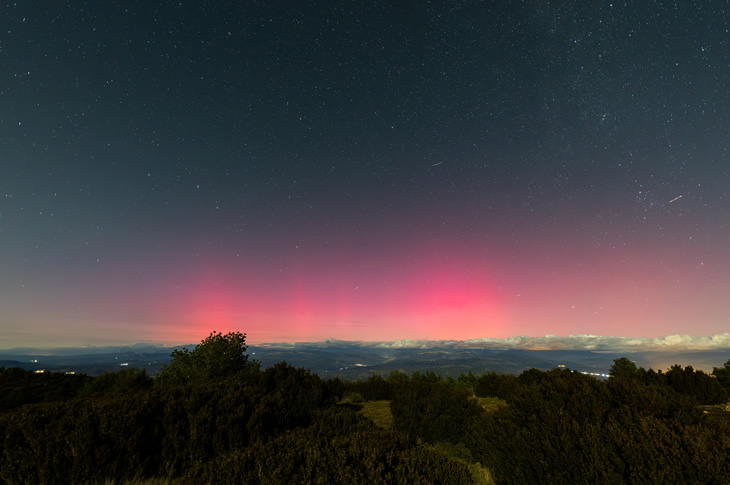Travel under the stars: the must-see Starlight reserves
Astrotourism gains momentum among Spain’s tourist attractions thanks to destinations blessed with exceptional skies
Today, tourists can sleep under Europe's darkest skies as part of a certified tourism experience, with Spain boasting over 60 Starlight-certified destinations and 17 reserves recognized for their pristine night skies and ideal observation conditions. This network, to which six new sites have been added in 2025, promotes sustainable tourism and helps diversify rural landscapes. With observatories, viewing platforms, and astronomy activities, the night has become a captivating experience in itself, to be enjoyed all year round. La Palma, at the northwestern tip of the Canary Islands, was the first area in Spain to be awarded double certification as both a Starlight Tourist Destination and Reserve. Its extraordinary skies, protected by strict light-pollution regulations, have made the island a global leader when it comes to astrotourism. With the Roque de los Muchachos Observatory—one of the most advanced in the world—plus a range of nighttime- and solar-observation activities, astrophotography, and educational trails, La Palma has established itself as a comprehensive tourism product blending science, sustainability, and stunning landscapes. In the Sierra Morena (Andalusia), which spans the provinces of Huelva, Seville, Córdoba, and Jaén, astrotourism has truly been taken to the next level. Covering more than 400,000 hectares across 57 municipalities and six nature parks, this Starlight Reserve is the largest in the world, with ideal sky conditions that offer first-rate stargazing experiences in protected natural settings. Thanks to an extensive network of astronomical viewpoints and active community involvement, this region serves as a model for sustainable tourism with direct local benefits. The Montsec Range, located in Catalonia, is internationally acclaimed for its outstanding night-sky quality. This area is home to the Montsec Astronomical Park, a leading scientific-outreach center providing immersive experiences such as telescope observations and shows in its digital planetarium. What’s more, visitors can set off on routes designed to bring together stunning landscapes with stargazing, as well as playful programs to get both children and adults interested in astronomy.

The Gúdar-Javalambre county in Aragon offers a unique blend of high altitudes, clear skies, and scientific facilities. This site’s recognition as a Starlight Reserve and Destination has been supported by infrastructure such as the renowned Javalambre Astrophysical Observatory, where European astronomical surveys are conducted. Together, the Network of Star and Galactic Viewpoints and the Astronomy Outreach and Practice Center in Arcos de las Salinas have positioned this area as an emerging destination committed to scientific tourism.

